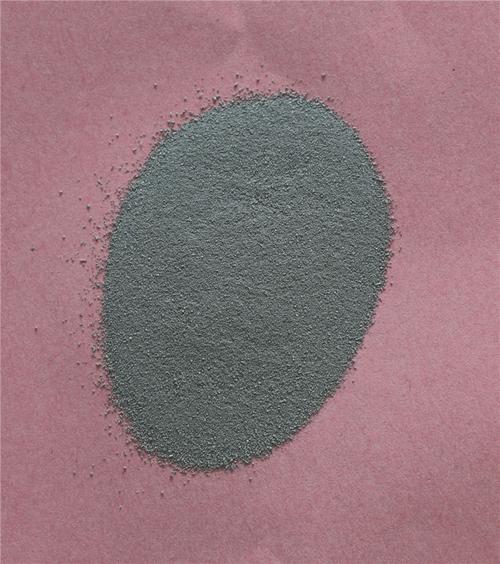Tin oxide, SnO2, is a vital inorganic compound. Commonly known as cassiterite in its mineral form, it appears as a white or off-white powder. It’s insoluble in water and exhibits high thermal stability. SnO2 possesses a tetragonal rutile crystal structure. A key property is its wide band gap, approximately 3.6 eV at 300 K, classifying it as an n-type semiconductor. This underpins its electrical characteristics. Notably, SnO2 acts as a transparent conducting oxide, TCO. It offers good electrical conductivity combined with optical transparency in the visible light spectrum. This unique combination makes it indispensable in optoelectronic devices. Applications include electrodes in solar cells, flat panel displays, and touchscreens. Tin oxide is also highly valued as a gas sensing material. Its electrical resistance changes dramatically upon exposure to specific gases like carbon monoxide, methane, or hydrogen. This sensitivity forms the basis for reliable, low-cost gas detectors for safety and environmental monitoring. Catalysis is another significant area; SnO2 serves as a catalyst support and active catalyst component, particularly in oxidation reactions. Its hardness and chemical inertness contribute to its use as an abrasive and polishing agent for metals, glass, and stones. Historically and still today, SnO2 is a crucial opacifier in ceramic glazes and enamels, providing a bright white, opaque finish. It’s also used in specialty glasses. Thin films of SnO2, often doped with elements like fluorine or antimony to enhance conductivity, are deposited via techniques like sputtering or chemical vapor deposition for electronic applications. Its versatility across ceramics, electronics, sensors, and catalysis cements tin oxide’s importance in modern materials science.
(tin oxide sno2)
Inquiry us
if you want to want to know more, please feel free to contact us.
